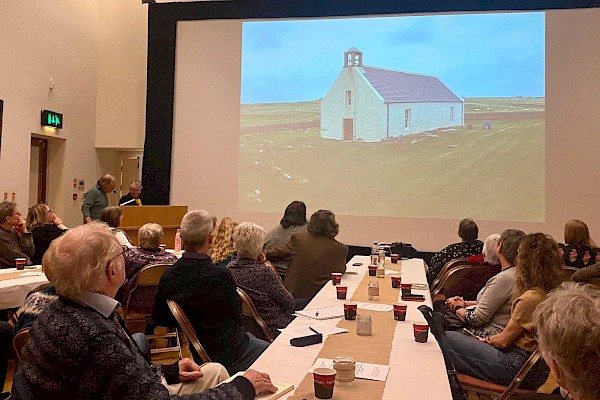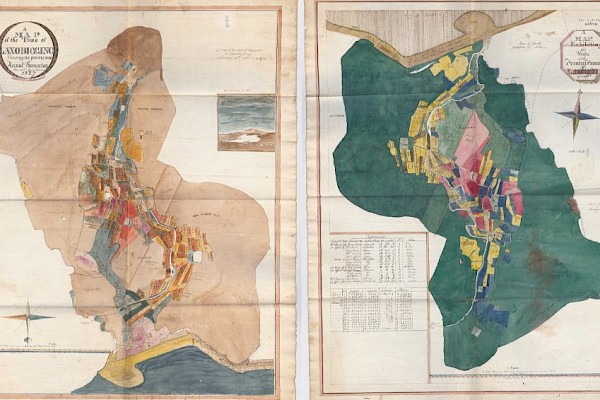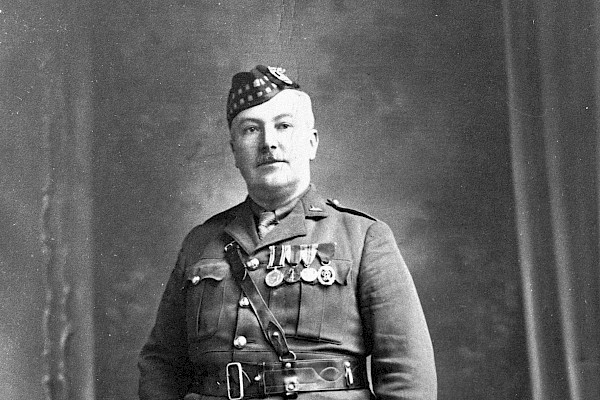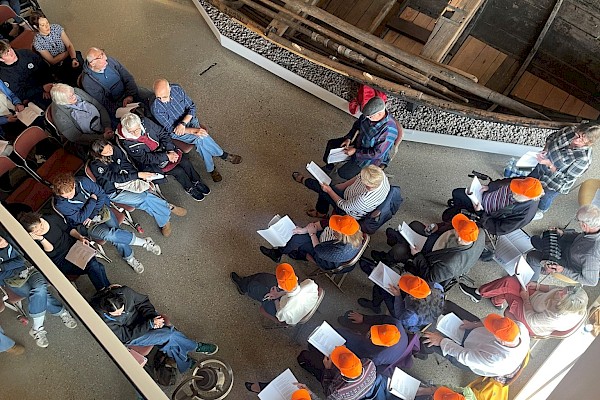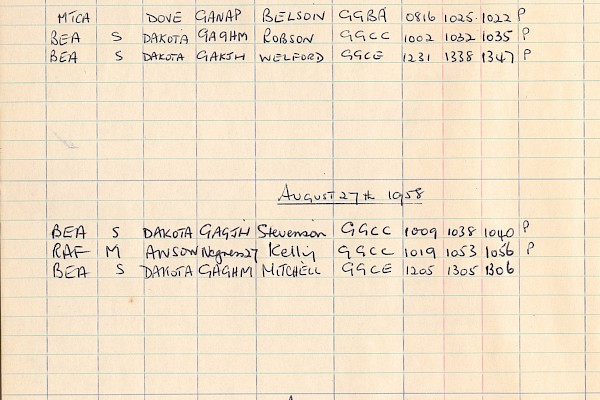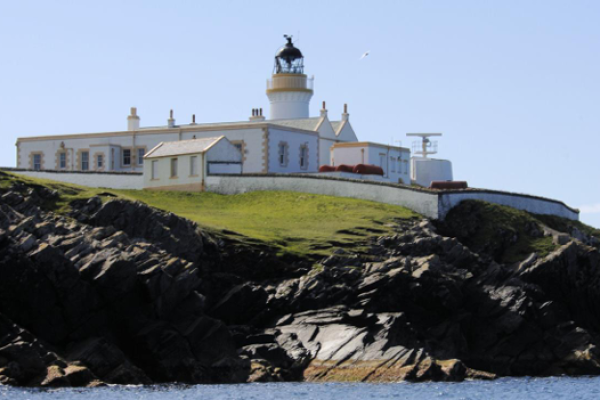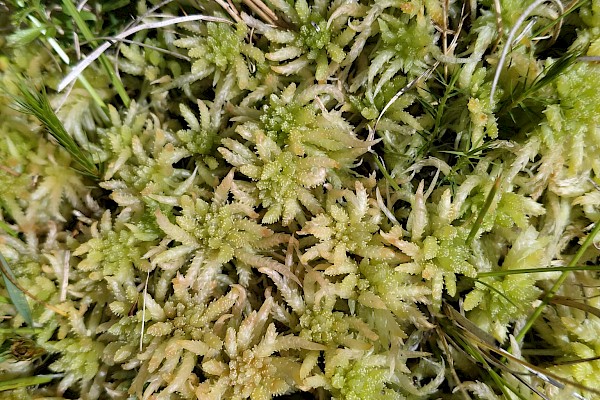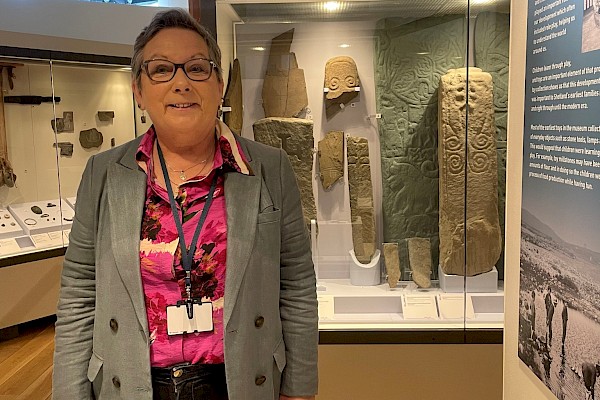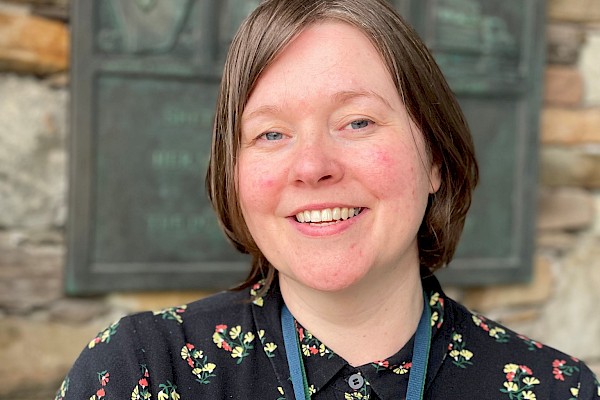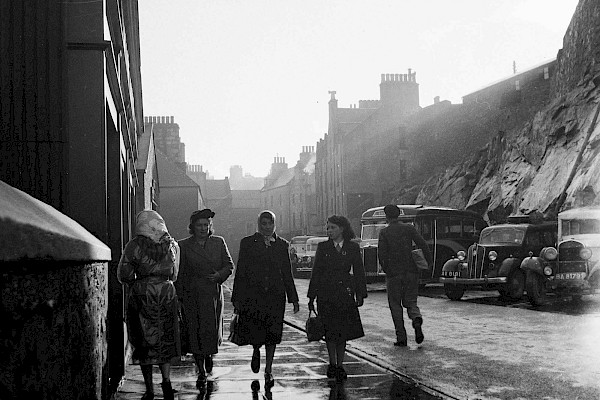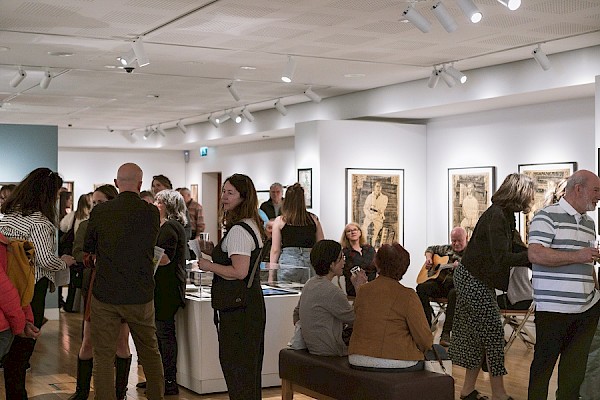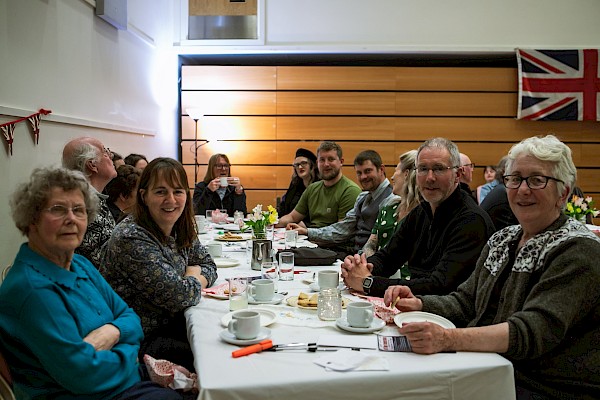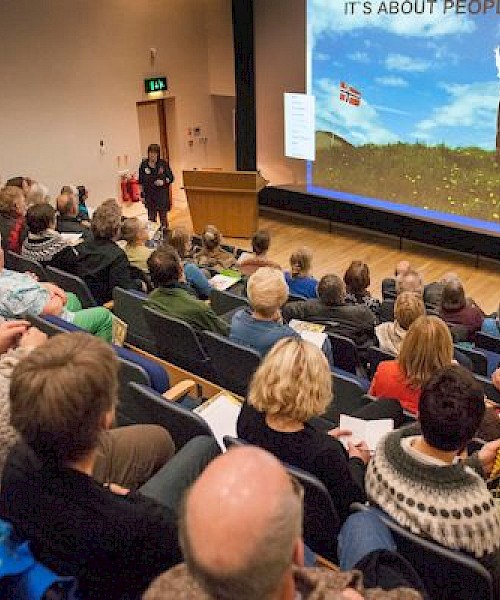Shetland's War Memorial - constructed by William Horne
Shetland’s War Memorial on Hillhead is now one hundred years old, and was rededicated with a ceremony on the sixth of January. The memorial was intended to commemorate loss in a war many thought so terrible that civilised people might abandon it as a solution to problems forever. It has continued to be a focus for the remembrance of loss in all the wars since. Our memorial had a notable designer, Sir Robert Lorimer, who designed over three hundred memorials, including the Scottish National War Memorial, the Portsmouth Naval Memorial, along with work as the Principal Architect to the Imperial War Graves Commission. But who put up the Shetland War Memorial?
William Horne tendered for £665, and that being the lowest bid, it was accepted. Who was William Horne? He’d come to Shetland to work on one of Commercial Street’s notable buildings, the Union Bank, now the Bank of Scotland. Described in an architectural guide to Shetland as “an outburst of gorgeous baroque in warm ashlar” the project brought William Horne to Shetland as stonemason in 1904. He came from Tongue, in Sutherlandshire, and was born there in 1876. Evidently there was enough work in Shetland for his skills as he settled here, living in Langtoon, Gulberwick. The Horne family’s time there was marked with sadness, as two children died shortly after birth.
William moved to Maryland, Dunrossness, in 1913, where he worked for the close by firm of A. Irvine and Sons of Vatchley. War came in 1914 and in November 1915 he did a very Shetland thing, joining the Royal Naval Reserve, as No. L1342. He was an older recruit at 36, and didn’t leave Shetland, working at Swarbacks Minn with the Tenth Cruiser Squadron. His service record notes “To be enrolled exclusively as a telephone operator.” It was a change of trade, certainly.
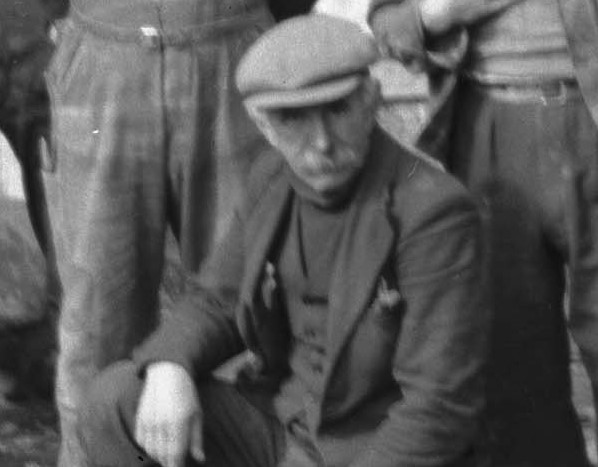
William Horne and his men started on 16 August 1923, with the Shetland News noting that “the first sod was cut by Baillie Ratter.” It added that there was considerable progress but there was some way to go before the workers could reach a foundation. One difficulty was that the local stone intended for the coping around the memorial was unsuitable, and William Horne had to offer granite instead. Once started the building process seems to have gone smoothly, in contrast to the drawn out memorial project itself.
There’s a notable photograph of the war memorial unveiling – a crowd on the Hillhead, flags draped around the memorial itself, the January day having given enough light to make the photograph possible. Light in January is not guaranteed here. There doesn’t seem to be a photograph of the men who erected the memorial, and it’s unlikely there was ever anything of the sort. No-one has appeared with an image of a great-grandfather with his workmates, starting out in August 1923. A great pity, since we don’t have clear idea of who was involved except for William Horne.
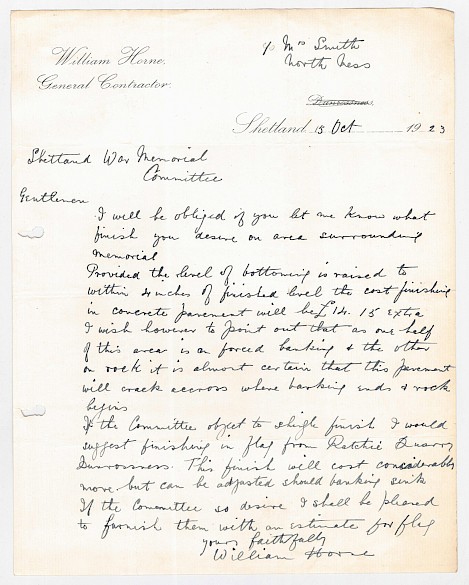
In 1925 William moved to Blydoit, Scalloway, continuing his contracting work – much of it coming from Zetland County Council’s contracts for road and bridge building. The grand days of stonework and building projects had gone. The Shetland News shows him being awarded contracts for “the Eshaness and Fleck Roads,” in February 1928. There’s been many a change in the Shetland road system since, and it’s likely that most of William Horne’s work is invisible under new tarmac, or demolished completely, but there might a bridge still in use, or at least standing. He also took an interest in agriculture during the inter-war period and was vice-president of the Tingwall Agricultural Society for a time.
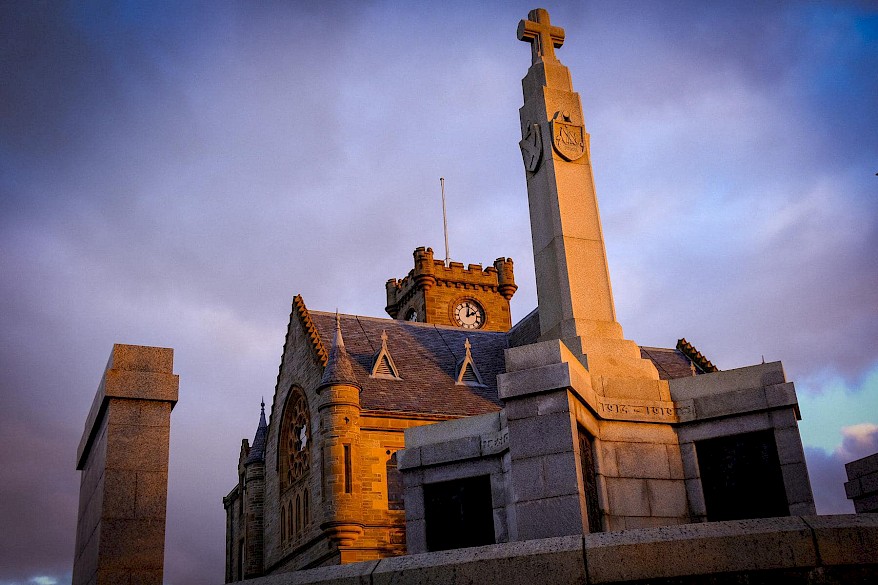
William Horne was elderly when World War Two started, and retired about that time. His daughter Helenor Horne, a nurse, became ill and died shortly after being at the D-Day landings, a very sad event for someone in his eighties. William himself died in his house at Blydoit in 1951, at the age of 87.
